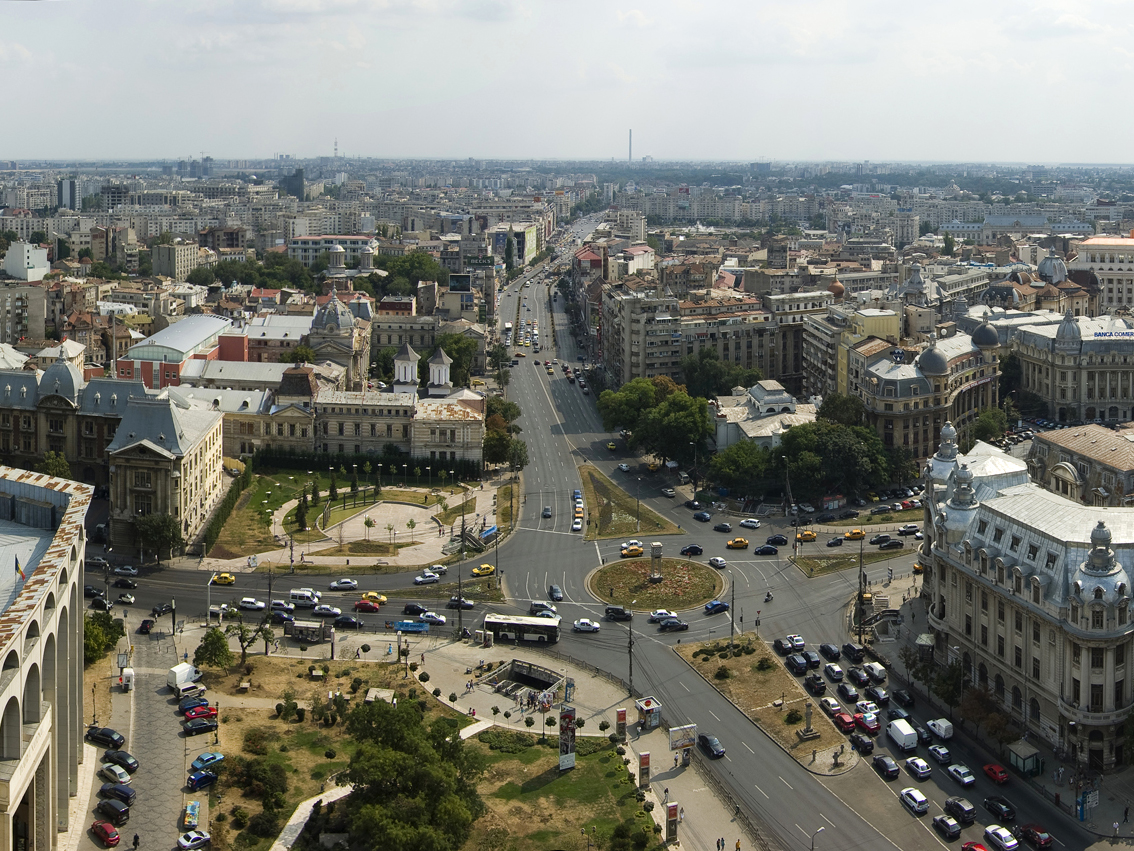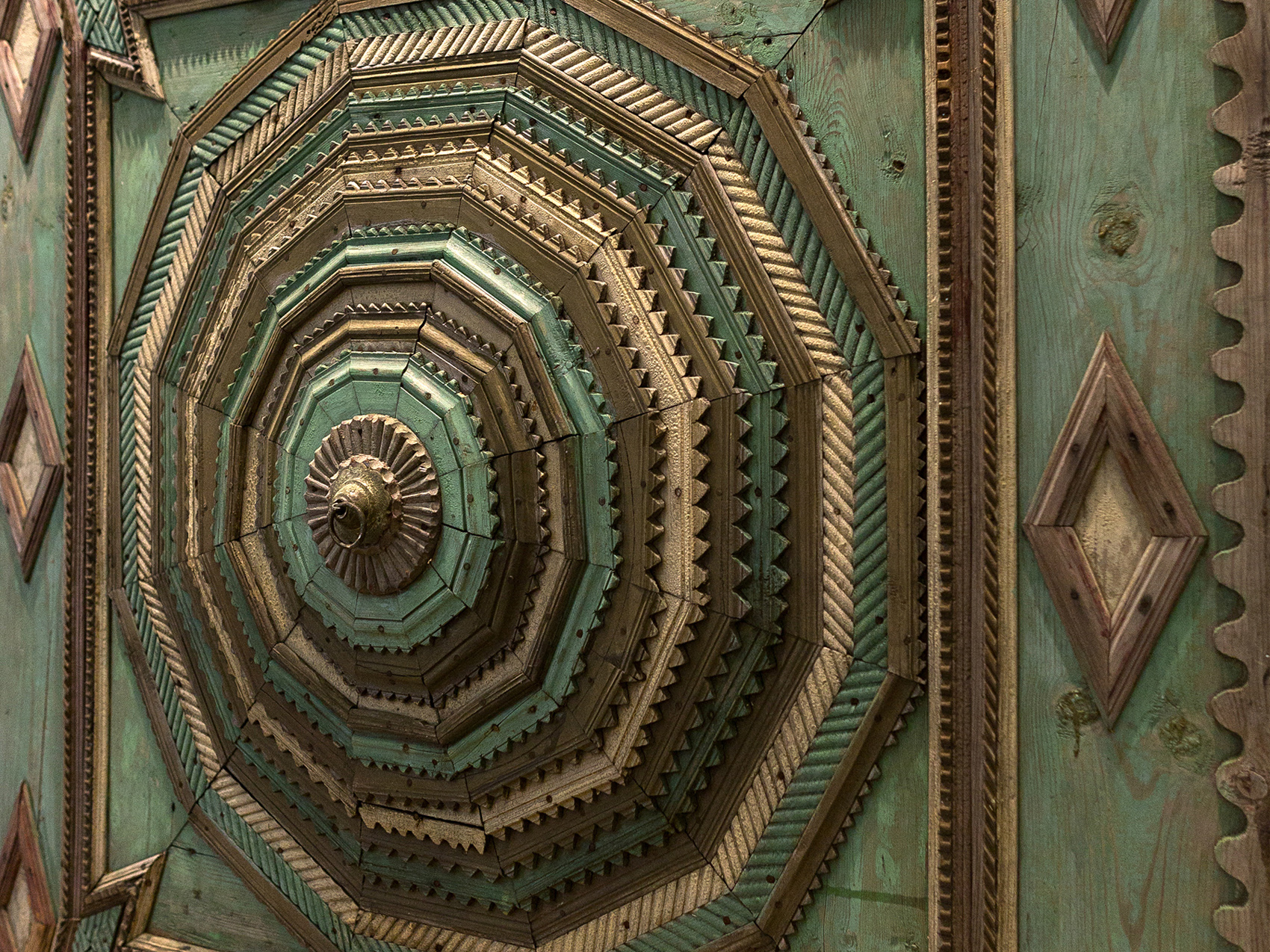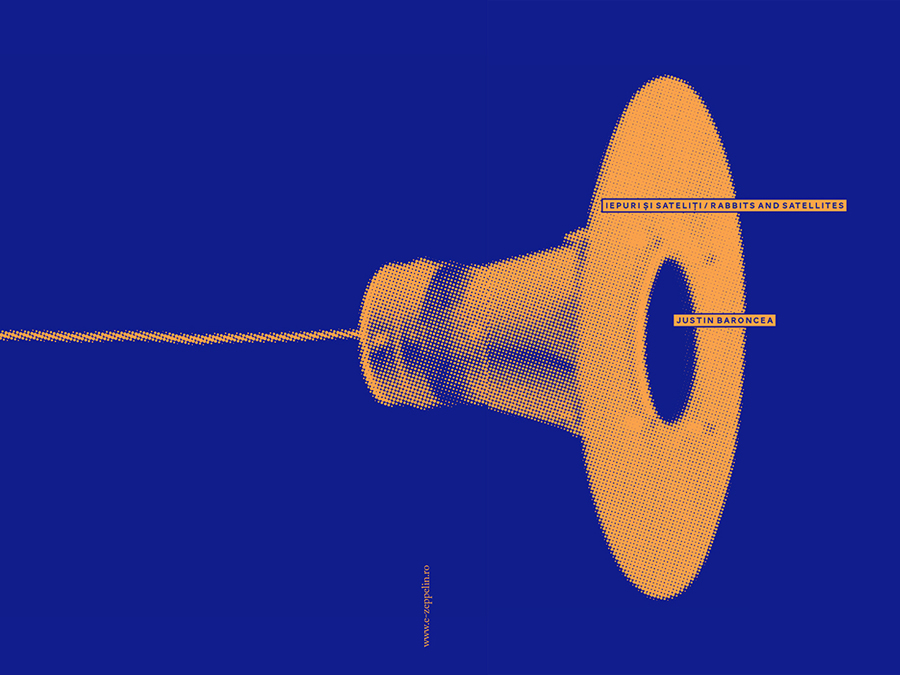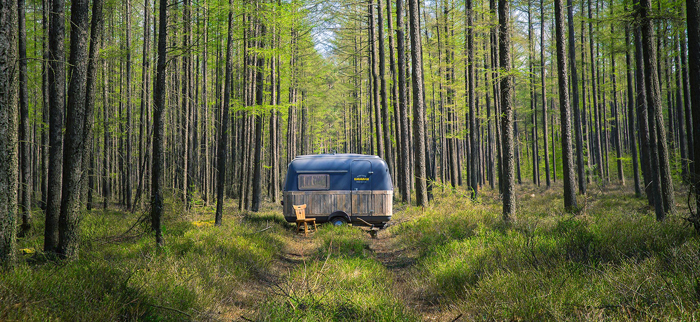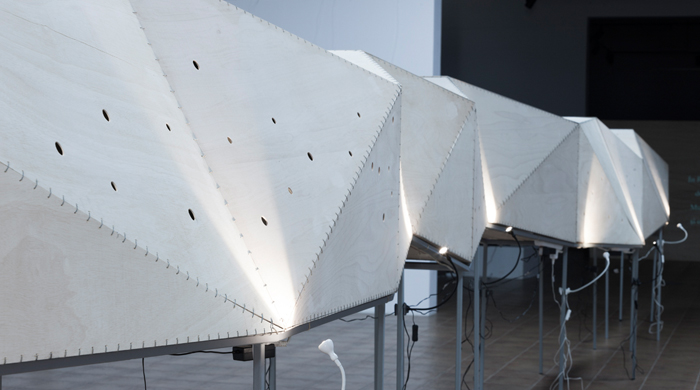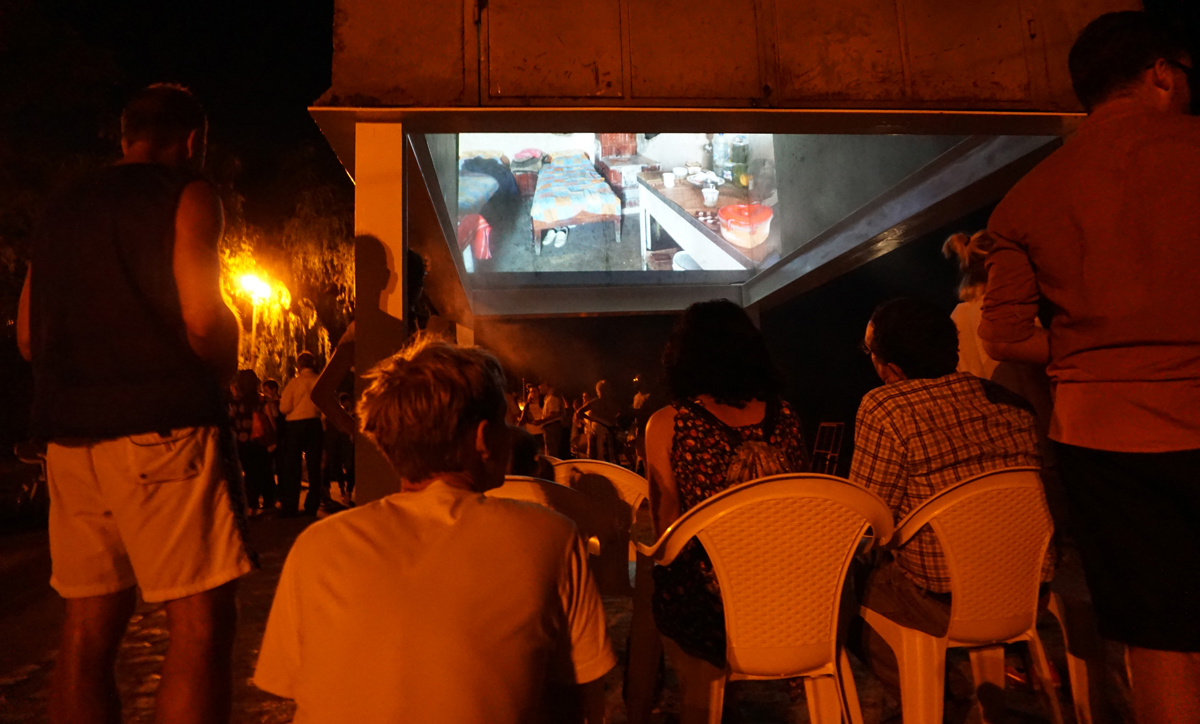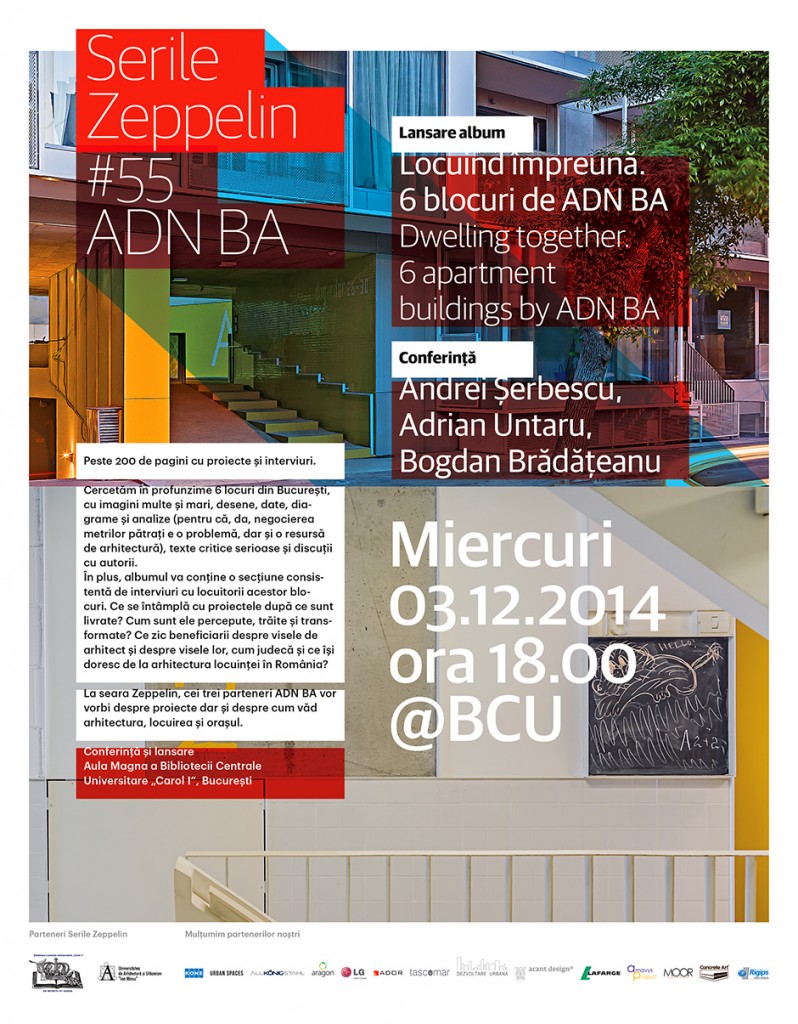Foto: © Ștefan Tuchilă
Motto: “Don’t tell anyone, but I always wanted to be mayor!” (“Show me a hero,” 2015)
What would happen if the local residents of one of the less fortunate side of Bucharest would take their fate into their own hands? If they tapped the potential and advantages of the place, if they multiplied the good things that are already happening there? With these questions in mind, we launched an art project dedicated to the southern half of Bucharest and its inhabitants.
- Recommend on FacebookTweet about it
Text: Ştefan Ghenciulescu
Photo: Esenghiul Abdul, Christian Beros
When so many valuable buildings of the past are turned to dust, it seems hard to understand the efforts to preserve and work on an existing house that has no architectural value. Why not take it down and build, with far less torment, an entirely new one? Well, it’s not quite like that.
- Recommend on FacebookTweet about it
A Zeppelin book about scrap design and micro-architecture: recycling, pop, economics, low-tech, neorealism and some poetics.
Volume nominated for the National Architecture Biennale 2016 – Architecture Publications
- Recommend on FacebookTweet about it
Text & photo: Mugur Grosu
I am one of those people who, although having lived here for so many years, never feels quite at home. Whenever I meet people like me, we joke saying we’re Constanța’s diaspora in Bucharest. It’s like in our veins flows a fundamentally different thing — a morose cocktail pounding adversely, in which the sickness of the golden fleece seekers collides with acute sense of exile, left by the shadow of Ovid at Tomis—which has remained, basically, the same barbaric land.
- Recommend on FacebookTweet about it
Text: Constantin Goagea
We always believed that office space and all its contemporary design has been and always will be absolutely incompatible with the great outdoors. It was either one or the other. Because when we think of nature, we think of leaves, grass and bugs, rain and mud (not potted plants and not office flowers lit with some super lamp, or even worse, some plastic print hanging on the plaster wall).
- Recommend on FacebookTweet about it
The 10 years construction period of this villa on the shores of a lake on the outskirts of Bucharest allows to read the evolution of the architectural philosophy of Starh office.
- Recommend on FacebookTweet about it
Over 110 museums are now disappearing because the previously nationalized buildings are given back to their rightful owners. Local administrations, which have the right to buy them back, are not interested or have no funding. Thus, essential urban public places vanish, and sometimes incredible collections will completely disappear. A recent exhibition and installation at the Museum of the Romanian Peasant was meant to raise awareness about this shameful development.
- Recommend on FacebookTweet about it
Text: Cosmin Caciuc
Illustrations: Urban Regeneration workshop #TudordurabilA few dozen students and professors from the Faculty of Architecture in Strasbourg and supervisors from Brussels had a clear vision on the way the public space can be improved with minimal resources and interventions, following an urban regeneration workshop for Tudor neighborhood in Târgu Mureș:
- Recommend on FacebookTweet about it
Text: Ștefan Ghenciulescu
Photo: Irina PataIt is quite difficult to write an editorial about architecture and the city after the tragedy from Club Colectiv. The number of victims is growing, and among them there is a large number of architects and urban planners.
- Recommend on FacebookTweet about it
- Album launch: „Dwelling together. 6 apartment buildings by ADN BA”
- Conference: Andrei Șerbescu, Adrian Untaru, Bogdan Brădățeanu
- Recommend on FacebookThis website uses cookies to improve your experience. We'll assume you're ok with this, but you can opt-out if you wish.Accept Read MorePrivacy & Cookies Policy
Privacy Overview
This website uses cookies to improve your experience while you navigate through the website. Out of these, the cookies that are categorized as necessary are stored on your browser as they are essential for the working of basic functionalities of the website. We also use third-party cookies that help us analyze and understand how you use this website. These cookies will be stored in your browser only with your consent. You also have the option to opt-out of these cookies. But opting out of some of these cookies may affect your browsing experience.Necessary cookies are absolutely essential for the website to function properly. This category only includes cookies that ensures basic functionalities and security features of the website. These cookies do not store any personal information.Any cookies that may not be particularly necessary for the website to function and is used specifically to collect user personal data via analytics, ads, other embedded contents are termed as non-necessary cookies. It is mandatory to procure user consent prior to running these cookies on your website.

